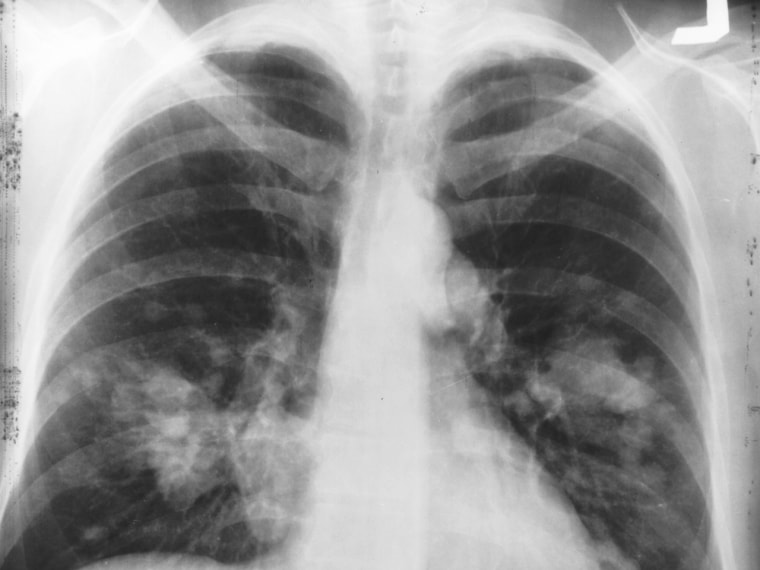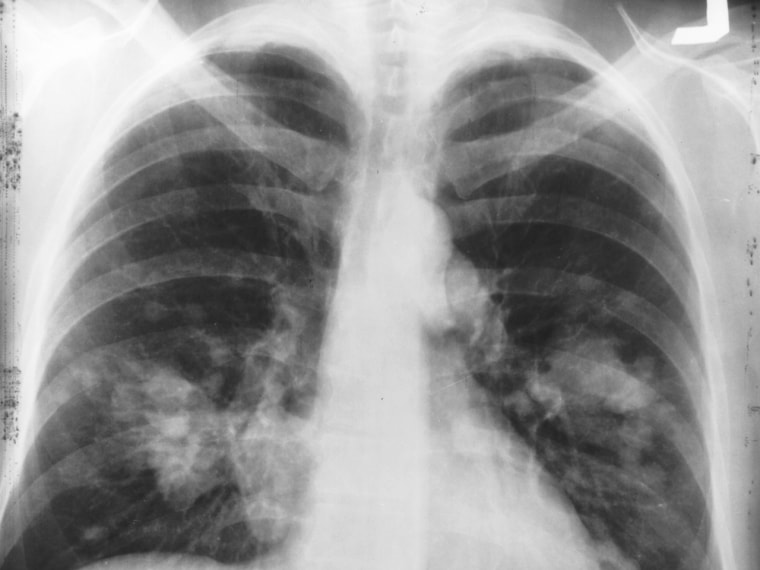
Cancer death rates in the U.S. have dropped 20 percent in the past two decades, thanks largely to less smoking, increased prevention and better detection, a new report finds.
The rates have fallen dramatically in some areas — plunging 50 percent for middle-aged black men, for instance — while barely budging for elderly white women. And disease experts say there’s still plenty of room for improvement.
“Contained within this data are areas of remarkable progress and areas that remain frustrating,” said Dr. Clifford A. Hudis, president of the American Society of Clinical Oncology and a chief expert in breast cancer at Memorial-Sloan Kettering Cancer Center.
An estimated 1.7 million new cancer cases are projected for 2014, including some 586,000 deaths, according to the new report from the American Cancer Society. And cancer remains the second-most common cause of death in the U.S., behind heart disease.
The good news in those grim figures is that the rate of death from cancer has fallen from about 25 per every 10,000 people in 1991 to about 17 per 10,000 in 2010. That translates into about 1.3 million cancer deaths avoided, including nearly 953,000 men and nearly 388,000 women.
Lung cancer remains the top killer for both sexes, followed by prostate cancer for men and breast cancer for women. But largely because of declines in smoking, the lung cancer death rate dropped by 34 percent in 20 years.
Middle-aged black men have benefited the most, thanks mostly to less use of tobacco, researchers reported. Still, black men have the highest incidence of cancer and the highest death rates, about double those of Asian-Americans, who have the lowest rates.
And there are some worrisome trends: Death rates are rising for cancers of the head and neck, anus, liver, pancreas and soft tissues, including the heart.
But because cancer is not one disease with one cause, and because it’s embedded in the essence of multicellular creatures, it’s tricky, said Hudis, who called for more funds for cancer research.
“The best hidden news is that with investment and focused research, we can make transformative changes in cancer care and outcomes from cancer,” he said.
